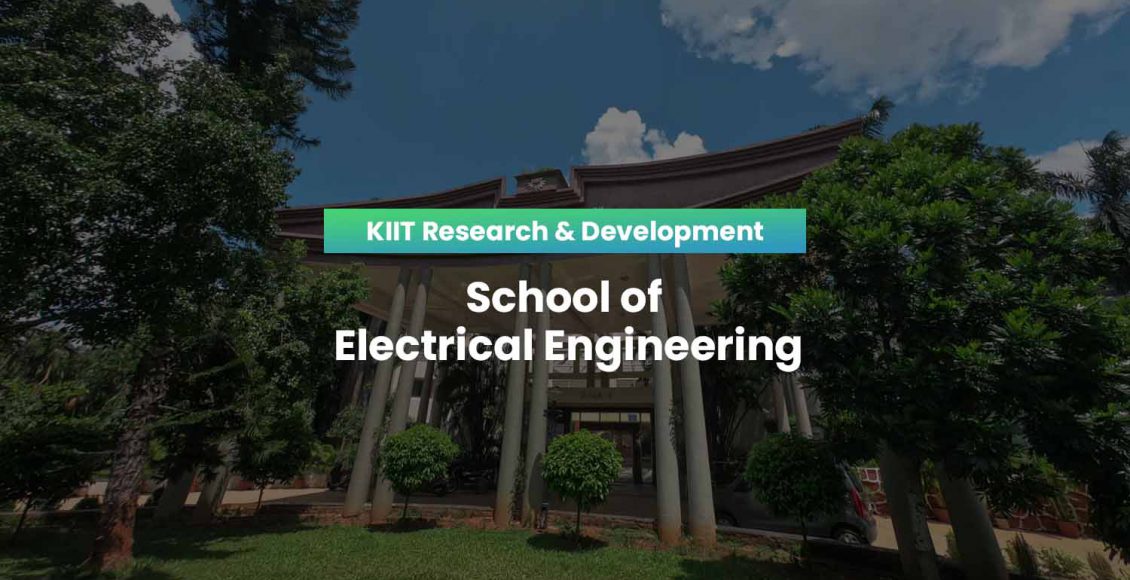School of Electrical Engineering (Oct – Dec 2022)
Journal papers
1. Roy, T., & Sadhu, P. K. (2022). A step-up multilevel inverter with reduced devices and input current ripple. International Journal of Electronics, 1–21. https://doi.org/10.1080/00207217.2022.2140837
Abstract
This article presents a step-up multilevel inverter with a reduced number of devices. The inverter can realize nine output voltage levels with 4 times higher input source voltage at the output with 11 switching devices. The inverter uses switched capacitor (SC) technique to step up the output voltage. The proposed inverter has the capability to reduce the input spike current as compared to similar structures. The performances of the inverter are verified by an extensive simulation and experimental study. The inverter works well with desired performances under different load conditions.
Conference Paper
1. Mohanty, S., Samal, P., & Senapati, R. N. (2022). Performance Improvement of Power Transmission Networks Under Stressed Condition. Journal of Physics, 2335(1), 012047. https://doi.org/10.1088/1742-6596/2335/1/012047
Abstract
The traditional method of power generation is not capable of fulfilling the increasing electricity demand. The main objective of installing DG is to put less pressure on the centralized power system and to install them nearer to the load or the consumer. DG and FACTS devices allocation in distribution systems has proved to improve the system performance that is the reduction in power loss, improved voltage profile, controlled power transfer capability, active and reactive power flow, improved transient and dynamic stability, better voltage regulation, etc. In this paper, simultaneous allocation of DG and UPFC is done by using an exhaustive search technique to study the impact on the system in overloading conditions. The main objective is to minimize losses. The power flow analysis is done by using the Newton Raphson method and tested on the IEEE 3-bus system and IEEE 14-bus system in Mi Power 9.0 software.


